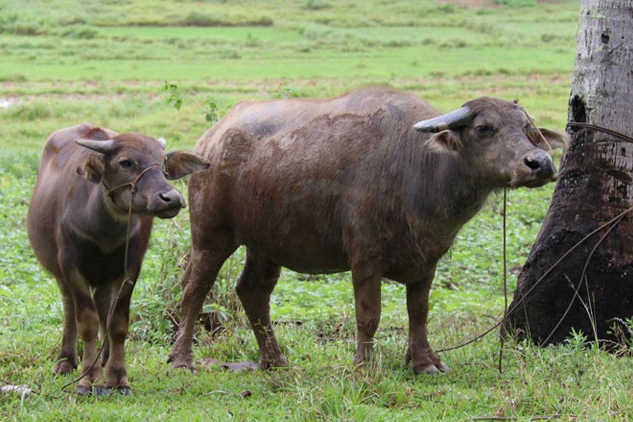
Mindoro Island, already famous for its unique wildlife, has just gotten a little more fascinating. Scientists have discovered three new species of forest mice. These tiny creatures add to the island’s already impressive biodiversity.
The discovery is the result of years of research. From 2013-2017, biologists surveyed Mindoro’s forests. They found three distinct types of mice. These mice looked different from other known species.
Dr. Danilo Balete led the research team. He worked with colleagues from the University of the Philippines (UP). They also collaborated with American biologists. The team studied the mice’s genes, fur, and skulls. This meticulous work confirmed they were new species.
The new species are Apomys minor, A. crinitus, and A. veluzi. A. veluzi honors Maria Josefa “Sweepea” Veluz, a renowned Philippine mammalogist. The discovery increases the number of endemic mammals on Mindoro to twelve.
Mindoro’s unique geology is a key factor. It’s now recognized as the smallest island with such high mammal speciation. This means many unique species evolved there. This highlights Mindoro’s importance for biodiversity.
The Philippines has more biodiversity hotspots. Luzon and parts of Mindanao share similar geological histories. These areas also boast incredible biodiversity. This makes the Philippines a prime location for biological research. It also underscores the importance of forest conservation efforts.
The research, published in the journal Zootaxa, is a significant contribution to science. It showcases the importance of continued exploration and research in the Philippines. The discovery of these tiny mice highlights the incredible biodiversity still waiting to be uncovered. The tiny mice are a testament to the Philippines’ position as a global biodiversity hotspot. Protecting these habitats is crucial for preserving these unique species and many others.




